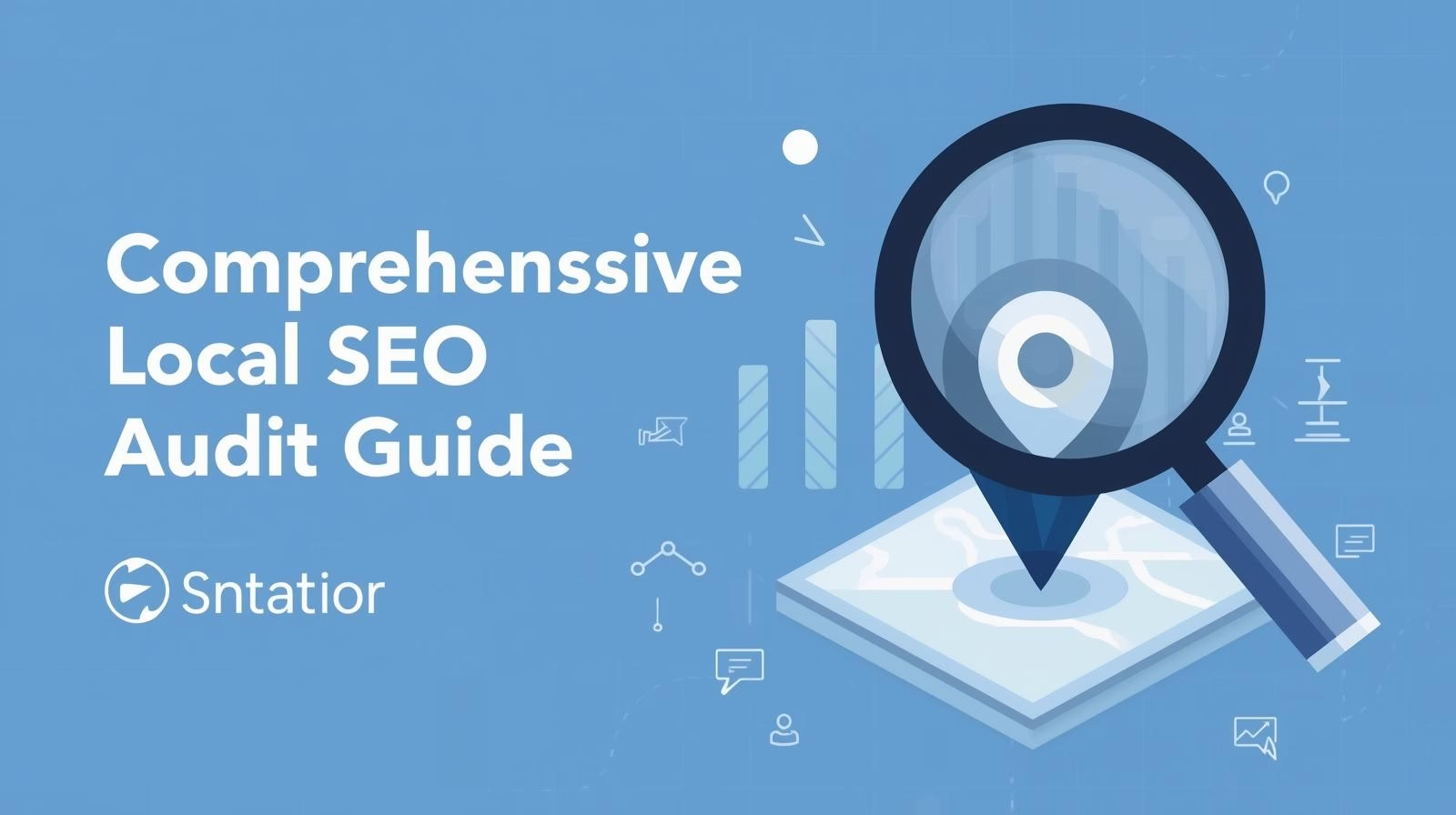If you noticed unusual fluctuations in your website’s traffic or rankings recently, you’re not alone. Google Search is currently facing an ongoing service disruption, and it’s affecting how some pages appear and perform across different regions. Here’s everything you need to know about the situation, what caused it, and how you can respond without hurting your SEO.
What’s Happening with Google Search?
According to Google’s official Search Status Dashboard, the issue began on October 3 around 1:00 PM Pacific Time. The company confirmed it’s experiencing a data center problem that’s disrupting how certain pages are being served.
In Google’s words, this is an “ongoing data center issue that may impact the serving of some pages in some locales.” In simpler terms, Google Search isn’t completely down, but parts of its global infrastructure are having trouble delivering consistent search results.
This partial outage means some users may see incomplete or inconsistent search results, while others might not notice anything at all.
How the Disruption Impacts Websites and SEO
For website owners, SEOs, and digital marketers, disruptions like these can be frustrating. Since Google Search is responsible for the majority of organic traffic, even a small technical hiccup can cause noticeable shifts in analytics.
You might see:
Fluctuating impressions or clicks in Google Search Console
Sudden drops or spikes in traffic on certain pages
Temporary ranking inconsistencies
However, it’s important to remember: not every dip or spike during this time is caused by the disruption itself. SEO is full of moving parts, algorithm updates, user behavior, and seasonal changes can also influence your data.
In short, don’t panic. Google has acknowledged the issue, meaning the cause is on their side, not yours.
What You Should (and Shouldn’t) Do Right Now
Here’s what you can do to stay proactive while Google resolves the problem:
Monitor Google’s Official Status Page
Keep an eye on the Google Search Status Dashboard for updates. Google usually posts follow-ups every few hours or at least once a day until an issue is fully resolved.Track Your Analytics
Use Google Search Console and Google Analytics to spot any unusual patterns. If your impressions or clicks dropped sharply after October 3, make a note, but avoid making any sudden SEO changes in response.Stay Calm and Don’t Overcorrect
Resist the urge to tweak titles, meta descriptions, or structure in an attempt to “fix” the issue. Since this is an internal Google problem, changes on your site won’t solve it, and could actually complicate your data when the system stabilizes.Stay Updated Through Reliable Sources
Follow trusted SEO publications and industry experts on platforms like Search Engine Journal, Search Engine Land, and X (formerly Twitter). They often share timely observations from the SEO community.
How Long Will It Take to Fix?
As of now, Google has not provided an exact timeline for resolution. The company has stated it will share a new update within 24 hours. Given Google’s track record, these issues typically resolve within a few hours to a couple of days, depending on the scale of the data center problem.
The good news? Once fixed, search performance and visibility generally bounce back quickly without any manual action needed from site owners.
Key Takeaways
Google Search is currently experiencing a service disruption due to a data center issue.
Some websites may see temporary changes in traffic and rankings.
Avoid making major SEO changes until Google confirms the issue is resolved.
Stay informed through Google’s official channels and reputable SEO news outlets.
Final Thoughts
Service disruptions like this remind us that even the most powerful systems can face technical hiccups. If your site’s performance looks off this week, it’s likely not your fault. Keep monitoring your analytics, stay patient, and let Google’s engineers do their work behind the scenes.
Once the disruption is resolved, traffic and rankings should stabilize on their own. In the meantime, focus on what you can control, great content, strong UX, and a well-optimized website.


